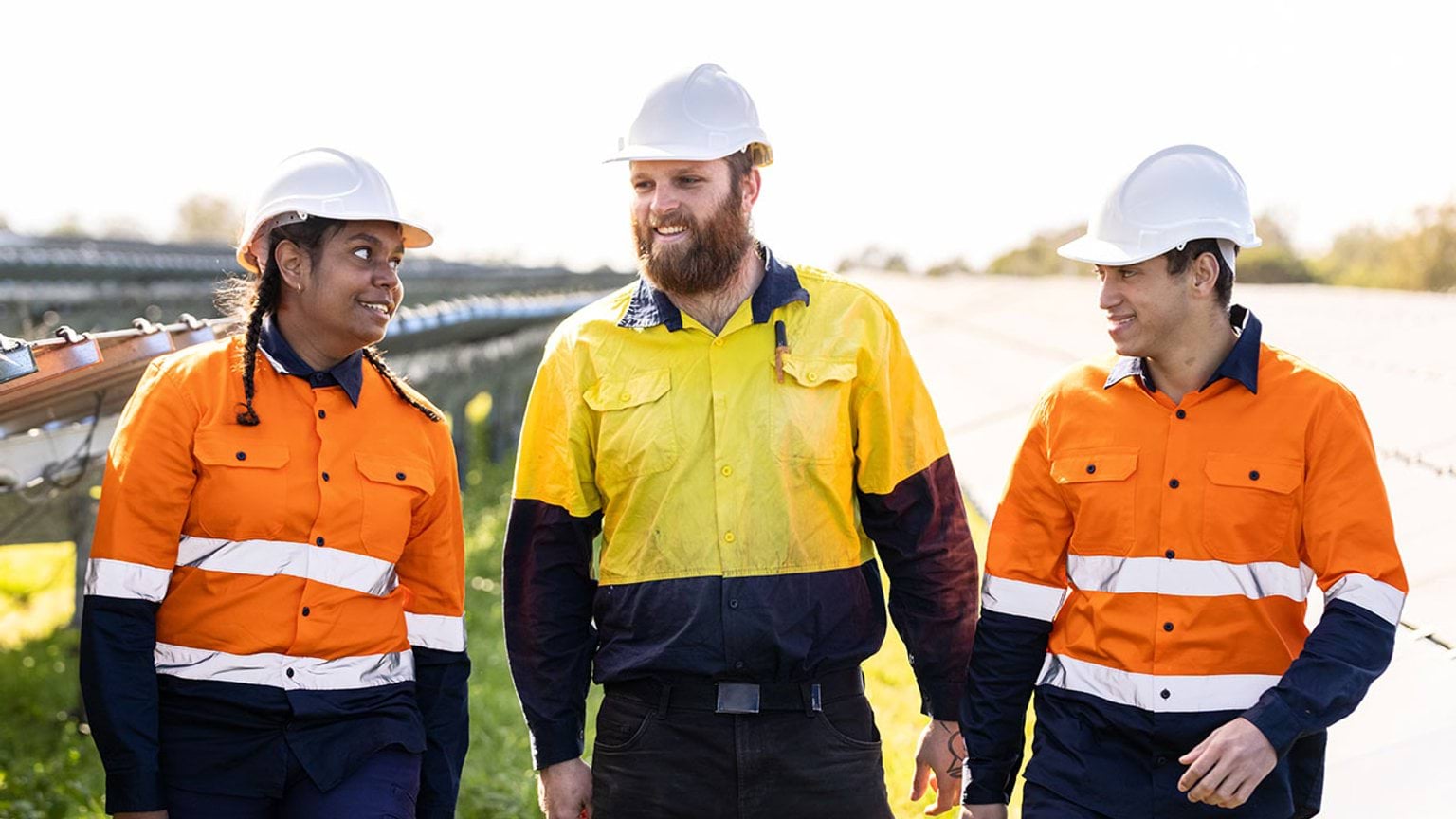Transport and logistics involve a lot of navigation, planning and problem-solving. For some, the industry means many hours on the road. For others, it’s planning routes, timetables and storage capacity. In this industry, you’ll work with diverse people and, depending on your role, you may get to visit different parts of Victoria or even Australia.
What people love about working in transport and logistics
Here are some of the benefits of working in transport and logistics:
- You can travel across Victoria or even interstate. You’ll experience diverse settings and unique environments.
- There’s a growing demand in both urban and regional areas, so you can enjoy flexibility and job security.
- You can be a part of critical supply chains servicing the whole state.
- You will engage your mind with logistical challenges. Transportation is complex and requires problem-solving.
Where you can work
The transport and logistics industry has a wide range of employers. For example, you could work in an airport, drive buses, or deliver packages to homes and businesses.
The kinds of transport and logistics settings you could work in include:
- shipping and freight companies
- public transportation systems
- private transport providers
- airlines and airports
- ports
- couriers
- trucking and logistics companies.
Median salary
The median weekly earnings for people who work in the transport, postal and warehousing industry in Australia is $1,711.
Source: Jobs and Skills Australia(opens in a new window)
Please note:
- Transport and logistics is part of the transport, postal and warehousing industry.
- This salary is current as of January 2025 and is indicative only. A range of salaries apply to different roles across the industry.
Job demand in Victoria
Below are employment projections for the transport, postal and warehousing industry in Victoria. Figures show the number of workers in 2024 and the new workers expected to enter the workforce by 2027 and 2034.
‘New workers expected’ accounts for workers adding new jobs to the economy and replacing retirees over the next 3 and 10 years. These projections are estimates only. There will be additional jobs available as people move between jobs and industries.
Note that specific data is not available for transport and logistics.
| Region | Workers 2024 | New workers expected by 2027 | New workers expected by 2034 |
|---|---|---|---|
| Victoria | 191,030 | 22,313 | 84,292 |
| Melbourne – inner metropolitan | 28,084 | 3,432 | 11,551 |
| Melbourne – inner south-east metropolitan | 4,159 | 404 | 1,422 |
| Melbourne – southern metropolitan | 27,425 | 3,099 | 11,507 |
| Melbourne – northern metropolitan | 39,211 | 4,530 | 18,120 |
| Melbourne – eastern metropolitan | 13,714 | 1,371 | 5,158 |
| Melbourne – western metropolitan | 48,598 | 6,885 | 25,478 |
| Ballarat and surrounds (Central Highlands) | 3,251 | 327 | 1,357 |
| Bendigo, Echuca and surrounds (Loddon Campaspe) | 3,948 | 424 | 1,466 |
| Geelong, Colac and surrounds (Barwon) | 6,222 | 651 | 2,922 |
| Gippsland | 4,550 | 455 | 1,830 |
| Horsham and surrounds (Wimmera Southern Mallee) | 1,134 | 47 | 261 |
| Mildura, Swan Hill and surrounds (Mallee) | 2,204 | 100 | 548 |
| Shepparton, Seymour and surrounds (Goulburn) | 2,733 | 256 | 838 |
| Wangaratta, Wodonga and surrounds (Ovens Murray) | 3,438 | 219 | 1,143 |
| Warrnambool, Hamilton and surrounds (Great South Coast) | 2,358 | 114 | 693 |
Source: Victorian Skills Authority Employment Projections Dashboard
Career success stories

Adam proves transport and logistics is full of opportunity
“The average age of a transport operator is nearing the 47-year-old mark and rising. We must foster and harvest young talent that comes into the industry, so that we can become sustainable long term.”

Flying high: Leif is lifting the aircraft maintenance workforce
“I believe there will be a seismic shift in the next decade of aviation. There are a lot of opportunities across the board, from apprenticeships right through to senior leadership positions.”
Resources to plan your next steps
Visit our transport and logistics industry profile to find out about:
- what it’s like to work in transport and logistics, and some of the jobs you could do
- training and skills to work in the industry, and financial assistance to help pay for your course
- help getting a job in transport and logistics, and industry job projections for Victoria
- other free resources and advice to plan your training and career.
Explore growing industries in your region
Updated



